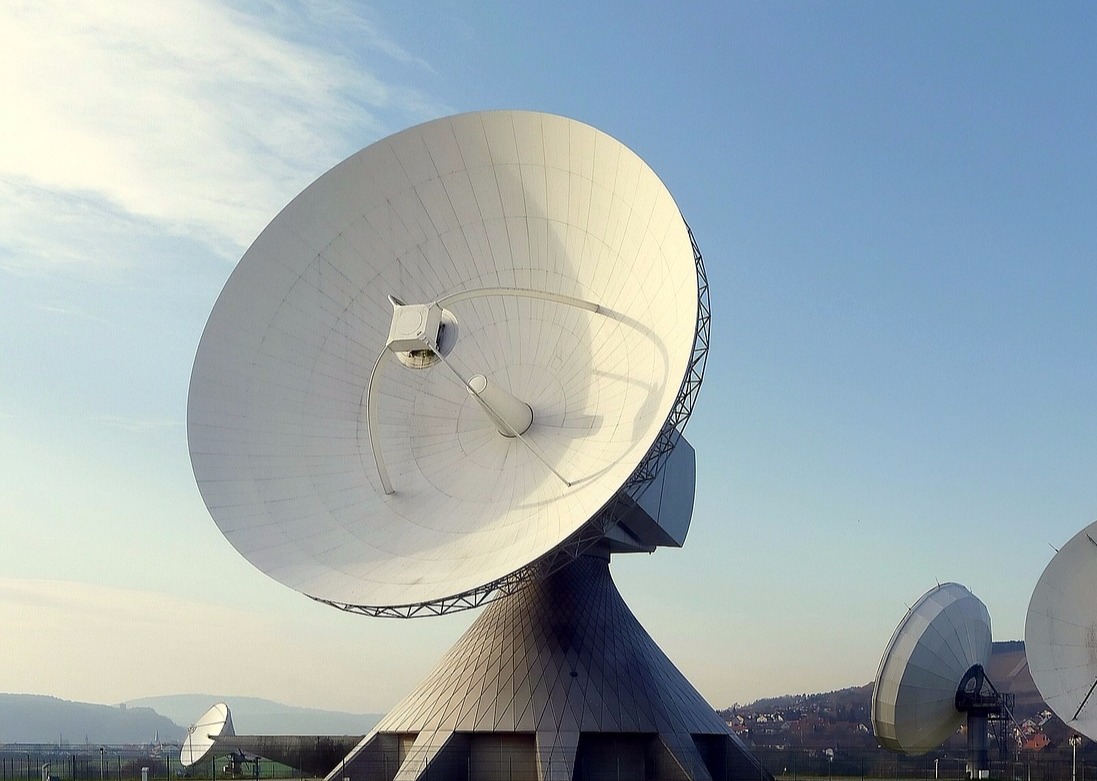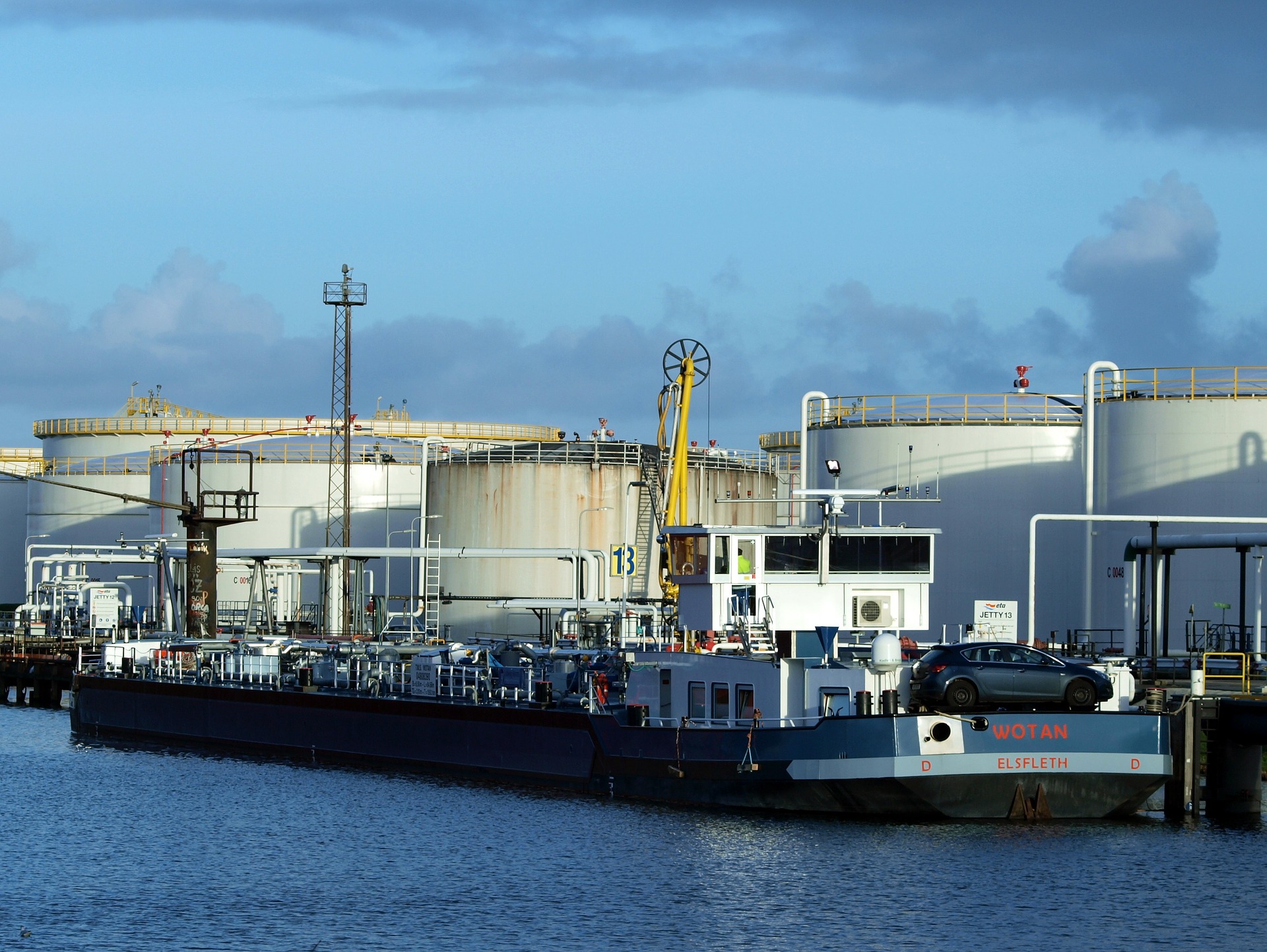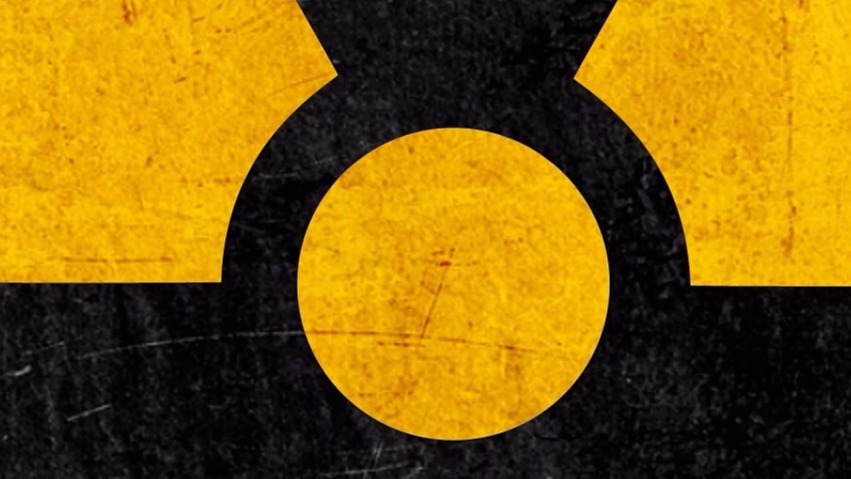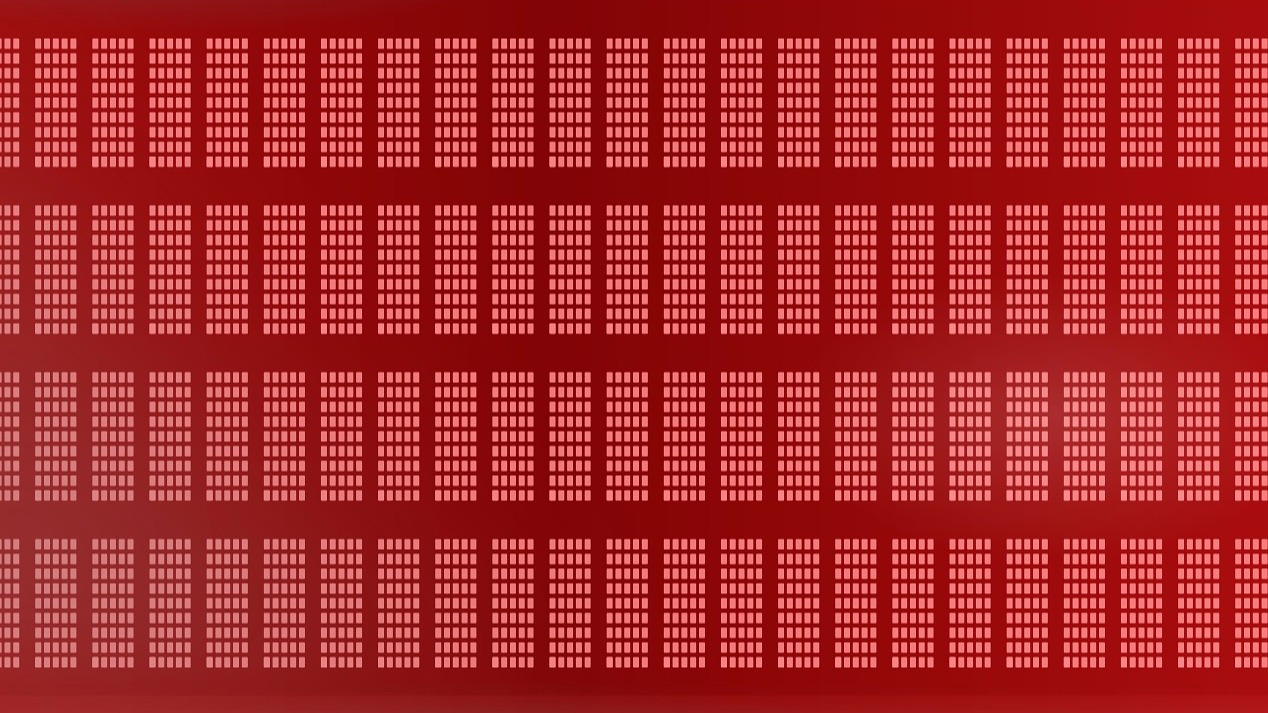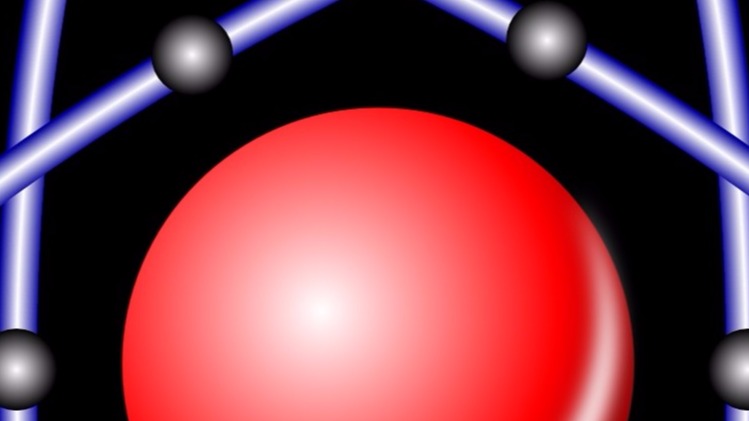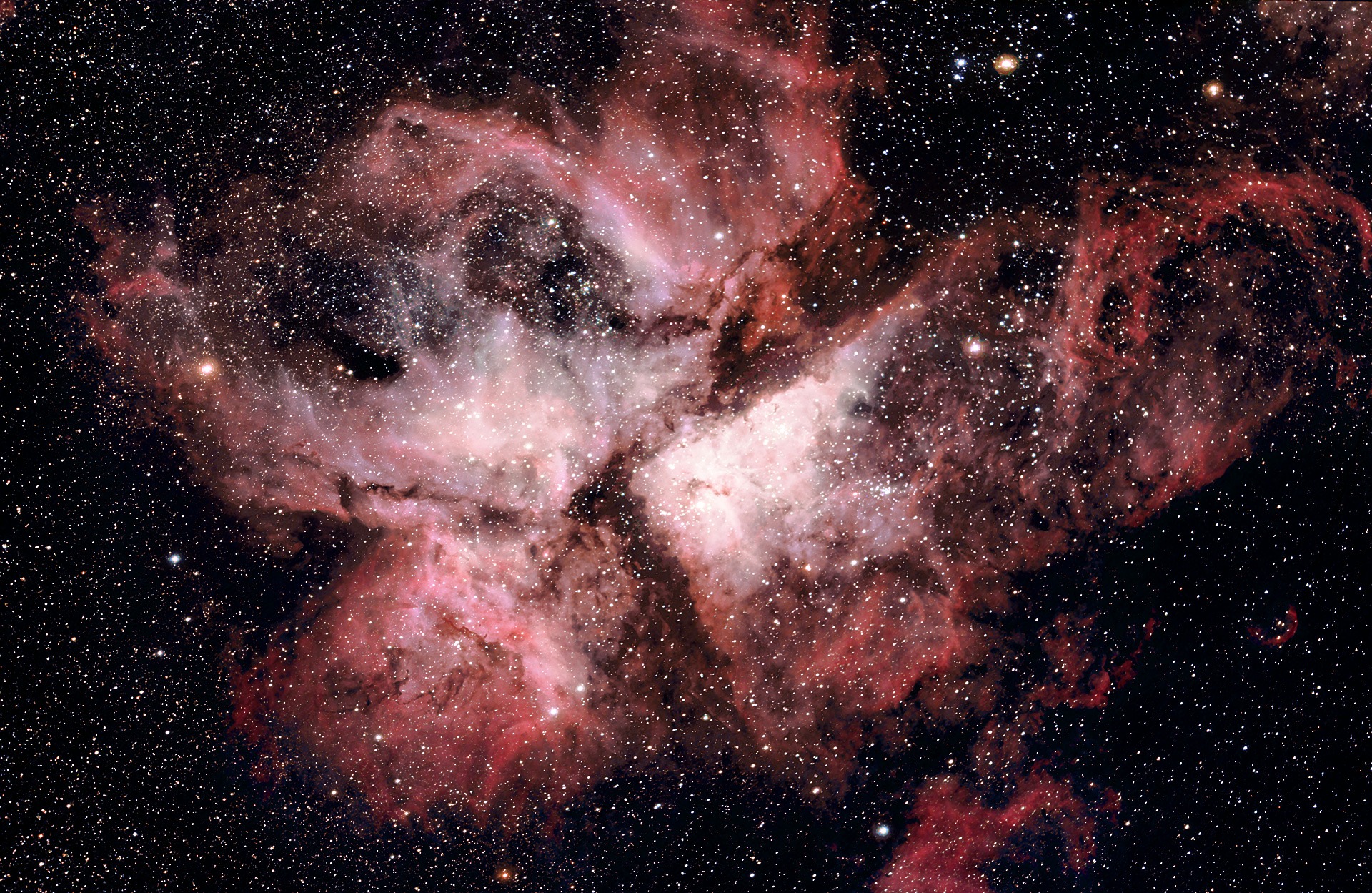
Microwaves
comprise a frequency range of electromagnetic radiation, which is limited at the bottom by the radio waves and at the top by the infrared range of the optical spectrum.
Therefore they behave similarly to ordinary light, i.e. they can be reflected, broken and also interfere.
Microwaves are reflected from metals and electrical conductors and only slightly absorbed.
